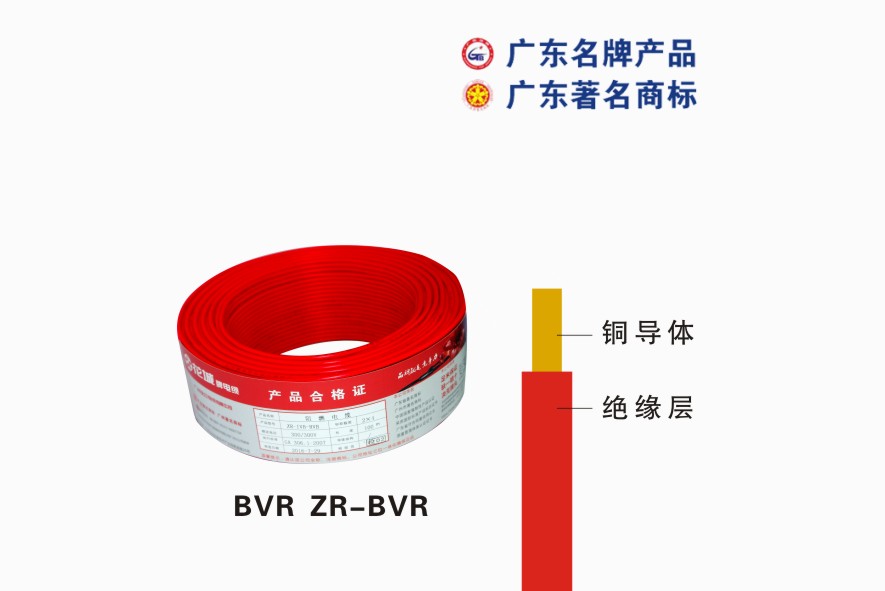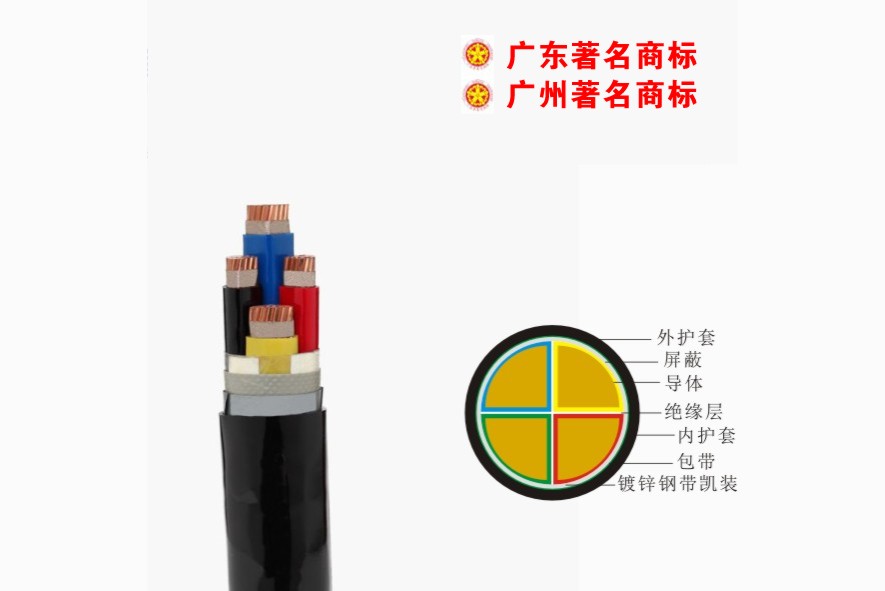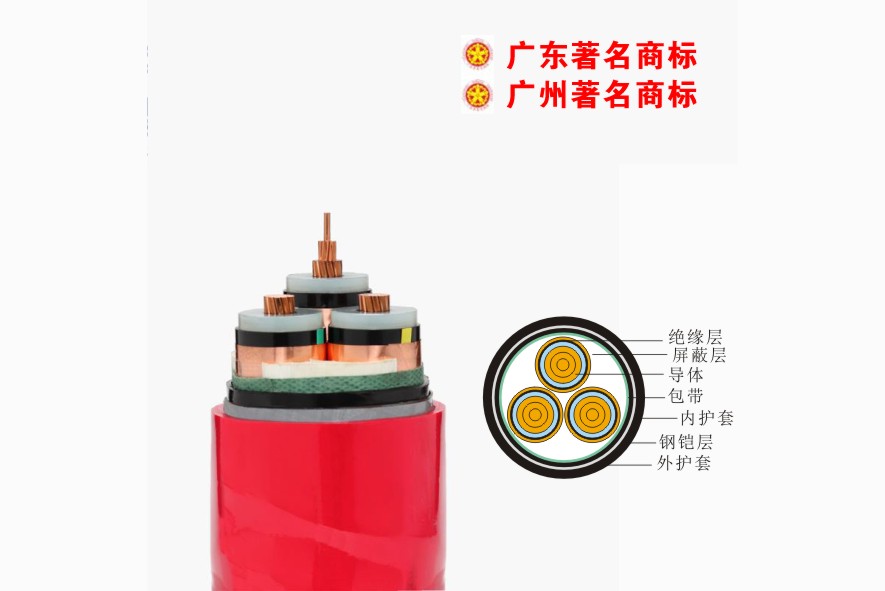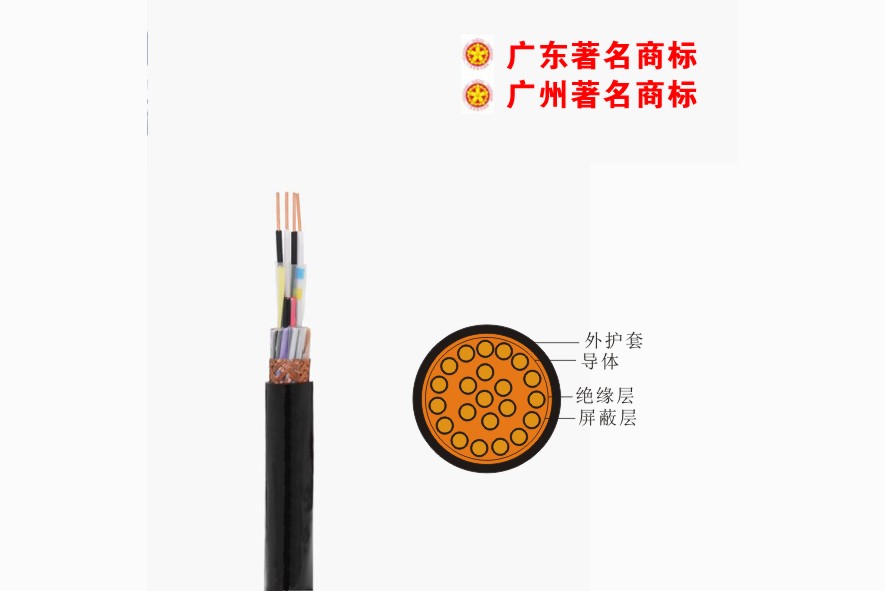The main cause of wire and cable explosion and fire

The insulating layer of power cables is usually composed of various combustible materials such as paper, oil, hemp, rubber, plastic, asphalt, etc. Therefore, cables have the possibility of fire and explosion, and the main reasons for the fire and explosion of wires and cables are as follows:
1. Short-circuit failure caused by insulation damage:
The protective lead sheet of the power cable is damaged during laying or the cable insulation is mechanically damaged during operation, which causes the insulation breakdown between the cables or between the lead sheets, and the generated arc causes the insulation material and the outer protective layer of the cable to burn and ignite.
2. Long-term overload operation of the cable:
Long-term overload operation, the operating temperature of the cable insulation material exceeds the maximum allowable temperature of normal heating, and the insulation of the cable is aged and dried. This phenomenon of insulation aging and drying usually occurs on the entire cable line. Due to the aging and dryness of the cable insulation, the insulating material loses or reduces the insulation performance and mechanical properties, so it is prone to fire and burns, and even burns and fires occur at multiple locations along the entire length of the cable.
3. Oil-immersed cable drips and leaks due to height difference:
When the oil-immersed cable is laid with a large height difference, the cable may drip oil. As a result of the flow, the upper part of the cable dries up due to the loss of oil. The thermal resistance of this part of the cable increases, causing the paper insulation to burn and break down in advance. In addition, since the oil on the upper part flows downwards, space is made up at the upper cable head and negative pressure is generated, which makes the cable easy to absorb moisture and make the end damp. Due to the accumulation of oil, the lower part of the cable generates a lot of static pressure, which promotes the oil leakage of the cable head. Moisture and oil leakage of the cable increase the probability of failure and fire.
4. Insulation breakdown of the intermediate junction box:
The middle joint of the cable joint box is not tightly crimped, welded, or the joint material is not properly selected, the joint is oxidized, heated, and glued during operation; when the cable middle joint is made, the quality of the insulating agent poured into the middle joint box does not meet the requirements It is required that when the insulating agent is poured, there are pores in the box and the cable box is poorly sealed, damaged, and moisture leaks. The above factors can cause insulation breakdown, form a short circuit, and cause the cable to explode and catch fire.
5. Burning of cable head:
Because the surface of the cable head is damp and polluted, the porcelain sleeve of the cable head is broken and the lead wire is too small, which causes flashover and fire, causing the surface insulation of the cable head and the lead wire insulation to burn.
6. External fire and heat sources cause cable fire:
For example, the spread of oil system fire, the spread of oil circuit breaker explosion fire, the spontaneous combustion of pulverized coal in the boiler pulverizing system or coal conveying system, the baking of high-temperature steam pipelines, the chemical corrosion of acid and alkali, electric welding sparks and other types of fire can all make the cable Create a fire.



 Company Profiles
Company Profiles Company Culture
Company Culture Message
Message Honor
Honor Video Center
Video Center Company Reality
Company Reality Pearl River Cable
Pearl River Cable Low Voltage Cable
Low Voltage Cable Medium Voltage
Medium Voltage Mineral Cable
Mineral Cable Control Signal Cable
Control Signal Cable Corporate News
Corporate News Cable Information
Cable Information Media Reports
Media Reports Network Reprint
Network Reprint


